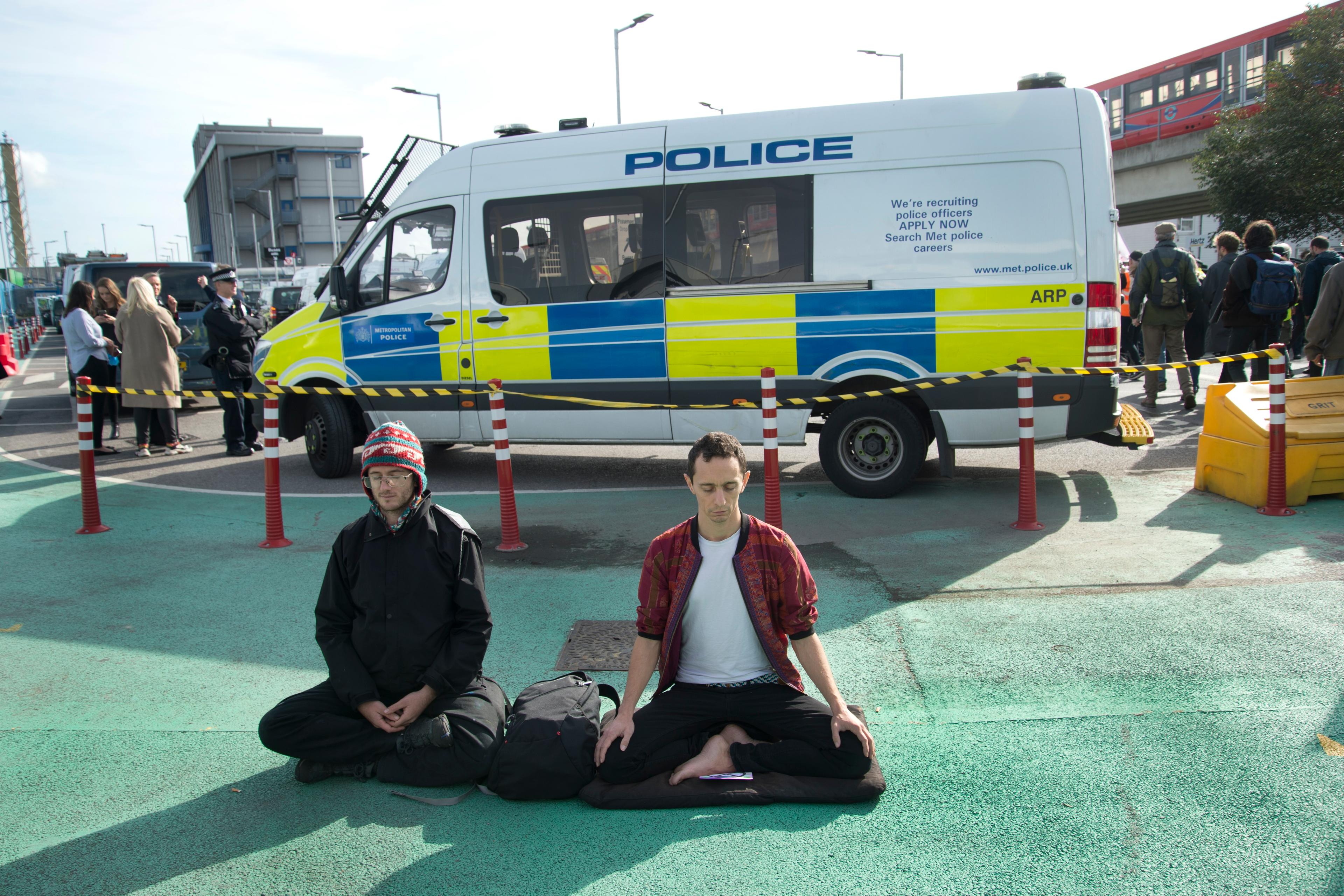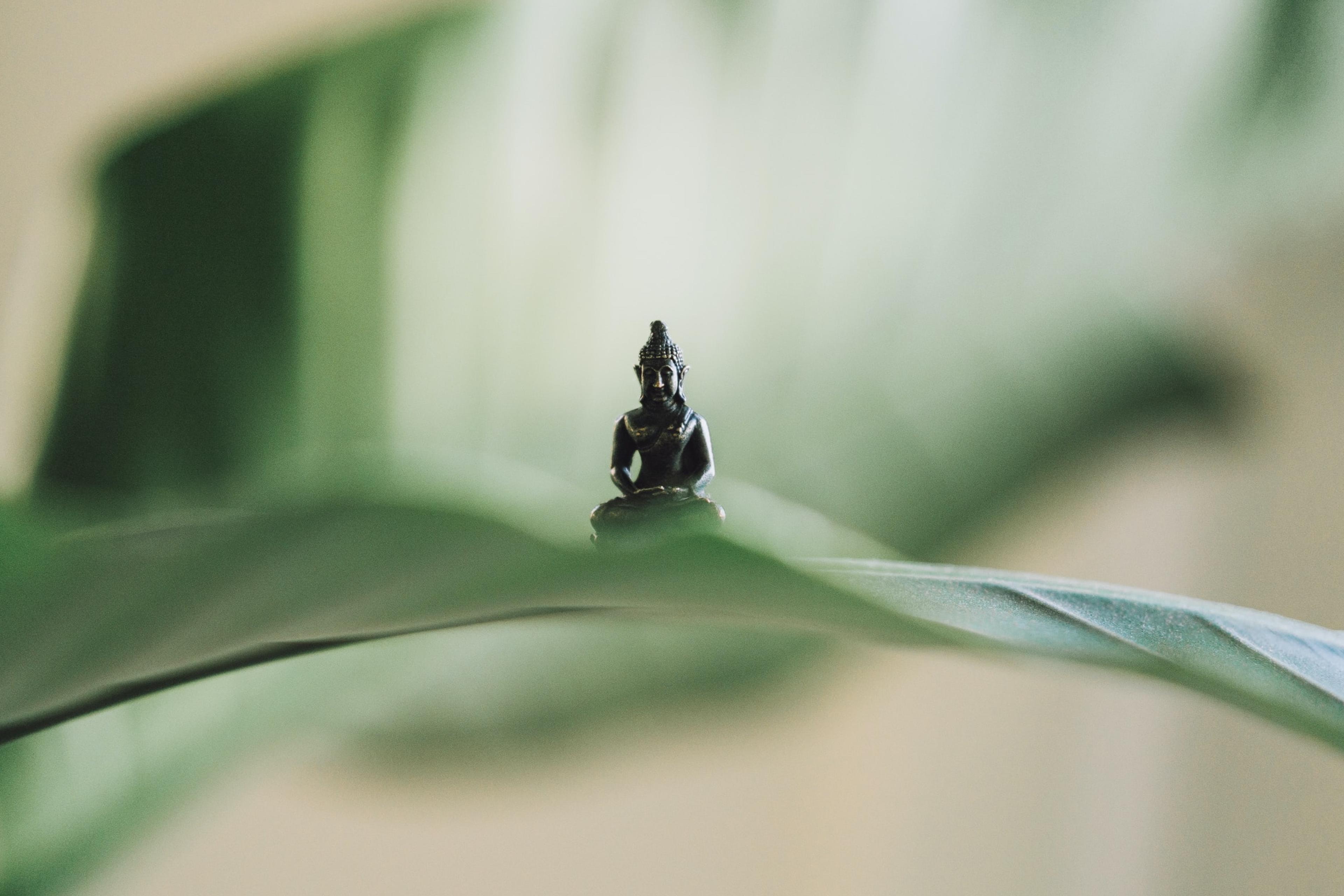1997, in hindsight, was a memorable year. Netflix was founded, J K Rowling published the first instalment of the Harry Potter series, Buffy the Vampire Slayer premiered on television, and Paul McCartney became Sir Paul McCartney. In August of that year, while fleeing from paparazzi through the Pont de l’Alma tunnel in Paris, Princess Diana and two others lost their lives in a terrible car accident. While the world still mourned, I found myself sitting in a lecture room at the University of Derby, watching incredulously as my teacher of Introduction to Buddhism, scrawled the following words upon a blackboard: ‘gānshǐjué – we are all dried shit-sticks.’
I had chosen theology as a companion subject to creative writing, initially out of expediency, but from that moment on I committed fully to the study of Buddhism, eventually earning a BA (Hons) First Class. Across those initial lectures, I found myself amazed by the simplicity and depth of Buddhist teachings. For the first time, I was reading concepts set into words the elusive spirit of which had been haunting my mind, unnamed and unrealised, for many years. Success in my studies came hand in hand with my adoption of Buddhist philosophy and practice. I devoured textbooks and delved deep into ideas with an inner peace and clarity I had never experienced before. Through adherence to Buddhist teachings – daily meditation, the following of the Eightfold Path, and the practice of mindfulness, I found myself unburdened of anxiety and blessed with an all-embracing positivity and contentment. At that point, I would never have dreamed that a Buddhist concept would ever become a high-street commodity.
The practice of mindfulness was first conceptualised in the 6th century BCE, in India, but the road to its commercialisation began 2,500 years later, in the northeast of the United States, during the late 1970s. It was then that Jon Kabat-Zinn, an American professor of medicine at the University of Massachusetts, and student of Zen Buddhism, introduced the term ‘mindfulness’, a translation of the Pali word sati, to the Western scientific world. Through his Mindfulness-Based Stress Reduction (MBSR) programme, Kabat-Zinn integrated modern medicine with Buddhist teaching. He also wrote books, one of which, Wherever You Go, There You Are (1994) became a national bestseller. By the end of the 1990s, MBSR clinics were widespread throughout North America. Kabat-Zinn wasn’t alone in pushing forward the benefits of sati. Where one leads, others will follow, and these ideas gradually became accepted in the medical community.
Mindfulness, however, did not stay within those confines. We live in a capitalist world. In this system, if something has a use, then it is something that can be sold. Today, the mindfulness sector is big business; in fact, it is estimated to be a billion-dollar industry. That’s a difficult number to conceive of. But what exactly is the mindfulness we are being offered? Is it Buddhist, or something else? To answer that question, we need to learn a little bit more about Buddhist ideas.
There are Four Noble Truths, taught Siddhartha Gautama, the Buddha. The first is that all life is suffering (dukkha). This is not the fatalistic view it might appear. It refers to a deep-seated sense of unfulfilment, purposelessness or dissatisfaction. The second noble truth, samudāya, is that the cause of this suffering is grasping, or desire. We live in a constant state of striving for things. For love, friendship, a sense of belonging, health, wealth – a partner, a home, a television, a new car, a promotion, adventure, youth, success. When we attain what we thought we wanted or needed in order to make us happy, we find that it is never enough. There is always something more to be acquired.
The third noble truth is nirodha: that freedom from suffering can be achieved by detaching oneself from this constant cycle of striving and grasping. The fourth and final noble truth, magga, is that this liberation can be attained by following the Eightfold Path. The eight branches, or pillars, of the path are called: right view, right intention, right speech, right action, right livelihood, right effort, right mindfulness and right concentration. Mindfulness, then, is just one pillar of a system designed to facilitate a journey toward inner peace. The aim of the Buddha’s path is the extinguishing of negative thoughts (anxiety, greed, jealousy, hatred, desire) and to replace them with joy, love, and compassion for all living things.
Sometime in the early 2000s, I found myself working for a chain of bookstores, in a meeting the purpose of which was to unveil our new customer service technology. The image that popped up onto the whiteboard was a stylised Buddha wearing a headset and microphone. The software was called ‘Zendesk’. I chose to be amused rather than offended, but later wondered if I should have spoken up? Imagine a little stylised Jesus with headset and microphone. We can laugh (it’s a comic image) but I’m not so sure that we should. I have an even deeper feeling when it comes to the literal business of mindfulness.
There are those who might argue that introducing any aspect of Buddhist practice to daily life can only bring benefits to society. The Eightfold Path, however, is holistic. Each branch is intrinsically linked, and intended to be followed concurrently. Without understanding the seven other forms of guidance, let alone practising them, mindfulness becomes stripped of its essential meaning. Google ‘mindfulness’ and you will discover a plethora of articles related to mental health. Many of these articles will tell you that the practice can reduce fear, stress and anxiety, chiefly through meditation. It can. But true mindfulness aims also to eliminate greed, lust, want and need. It acknowledges, in fact, that these emotions are the causes of our fear, stress and anxiety. Most importantly, it is meant as a cure, not a treatment, and is just one ingredient of the prescribed medication. In isolation, mindfulness loses much of its efficacy. It is a good step, but to build a lasting home you need to have all the foundations in place.
Benefits of mindfulness were no better than other recommended forms of treatment, such as physical exercise
With no barrier to entry to this industry, you or I could set up a mindfulness practice tomorrow. Plenty of training courses do exist, of varying repute, but can they ever be authentic without incorporating the other seven branches of the path? And if they are not, might they do more harm than good? Take a look at the article ‘Making Money From Mindfulness’ (2016) from Fox Business, which talks about the benefits of mindfulness in a work situation. ‘It’s easy to mock,’ they write, ‘but actually being mindful can make your staff more productive, make you a better leader and improve the overall attitude and output at your small business.’ If you are meditating in order to grow the wealth of your business then you are approaching the act with, as Buddhist’s would say, wrong intention. And what is your business? It may well go against the principle of right livelihood – to make one’s living in a manner that does not cause harm and is ethically positive. As an article in The New York Times revealed in 2019, mindfulness is even being taught to soldiers. This seems extraordinary when considering a principal tenet of Buddhism: one should never kill a living being.
But does any of this matter? A comprehensive review of the benefits of mindfulness (as taught separately from Buddhism), published in 2021, appears to show mixed results. Overall, the study found that, ‘compared with doing nothing, mindfulness reduces anxiety, depression, and stress, and increases wellbeing.’ Benefits, however, were no better than other recommended forms of treatment, such as physical exercise. If there are any benefits at all, though, can mindfulness really be a bad thing? Headspace, a leading app among many contenders, made a turnover in 2022 of $235 million. If it helps people, that’s great, but by promoting mindfulness as something to be achieved, or striven for, in order to better ourselves and our performance, the corporate world is entirely missing the point of Siddhartha Gautama’s hard-won insight. Worse, from a Buddhist perspective, it could be leading us away from the Eightfold Path. Mindfulness is not about achieving or gaining, it’s about acceptance and the relinquishing of material desire. When you’re charging $10 a month with the promise of a ‘better life’, can you really be holding true to that compassionate and egalitarian vision?
Mindfulness is not the only example of capitalism’s asset-stripping of religion. Yoga originated in the holistic spiritual practices of Hinduism. The poetry of Rumi, so often utilised on greeting cards, is deeply rooted in his Islamic faith. Feng shui, now reduced to a form of interior design and sold (for big money) as a method for encouraging health and wealth, is one aspect of an ancient Chinese philosophy that seeks to harmonise mankind with its environment on a universal scale. In each case, the segregation of a practice from its deeper context transforms that practice into a commodity, taking away much of its meaning and purpose. Perhaps the question we should be asking, then, is not ‘Can money and mindfulness mix?’, but rather ‘Who is really benefitting from this industry?’ In a world where cultural appropriation in other areas is increasingly being questioned, now seems an appropriate time to include religious practices in that debate.








